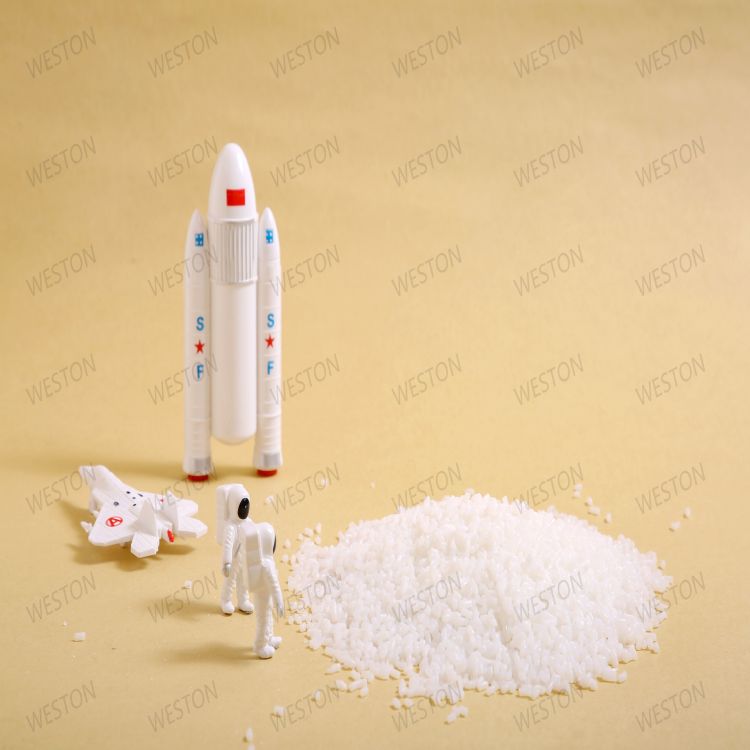-
Categories
-
Pharmaceutical Intermediates
-
Active Pharmaceutical Ingredients
-
Food Additives
- Industrial Coatings
- Agrochemicals
- Dyes and Pigments
- Surfactant
- Flavors and Fragrances
- Chemical Reagents
- Catalyst and Auxiliary
- Natural Products
- Inorganic Chemistry
-
Organic Chemistry
-
Biochemical Engineering
- Analytical Chemistry
-
Cosmetic Ingredient
- Water Treatment Chemical
-
Pharmaceutical Intermediates
Promotion
ECHEMI Mall
Wholesale
Weekly Price
Exhibition
News
-
Trade Service
Recently, a team of researchers funded by the European Space Agency has replaced traditional optical fibers with spider silk to make optical sensors, which can be used to search for trace gases
produced by biological processes.
This will make it possible to detect small amounts of ammonia released by microbial metabolism, while being insensitive to
large amounts of carbon dioxide in the Martian atmosphere.
Team leader Luc Tivanaz of the Swiss Federal Institute of Technology in Lausanne said that traditional optical fibers are made of quartz glass, and its chemical inertness makes it difficult for them to be good chemical sensors, while the optical properties of spider silk can be greatly modified
by chemicals.
The presence of certain molecules causes the hydrogen bond in the spider silk molecule to break, resulting in a polarization change in the passing beam, but this only applies to polar molecules (asymmetric charge distribution of molecules), such as ammonia; Non-polar molecules, such as carbon dioxide, do not cause a reaction
.
Tivanaz and his team tested
it using the tugging silk of a female rod-lodled bride spider.
They found that spider silk fibers can transmit beams, including visible and infrared light, well at wavelengths up to about 1400 nanometers
.
Among them, 900 nm wavelength infrared light transmission is the best, fiber loss is 4 dB per centimeter, although much higher than silica fiber loss, but this value can be reduced to 0.
2 dB per cm, enough for induction measurement
.
Tivanaz said the spider silk sensors also have more practical applications, such as monitoring industrial processes or as automotive sensors, because they do not need to be replaced
periodically like those that rely on irreversible chemical processes.
He hopes to build a measurement database that maps changes in the beam to the chemicals involved
.
He believes that the sensitivity
of the sensor can be improved by using rayon or doping spider silk with other chemicals.
Recently, a team of researchers funded by the European Space Agency has replaced traditional optical fibers with spider silk to make optical sensors, which can be used to search for trace gases
produced by biological processes.
This will make it possible to detect small amounts of ammonia released by microbial metabolism, while being insensitive to
large amounts of carbon dioxide in the Martian atmosphere.
Team leader Luc Tivanaz of the Swiss Federal Institute of Technology in Lausanne said that traditional optical fibers are made of quartz glass, and its chemical inertness makes it difficult for them to be good chemical sensors, while the optical properties of spider silk can be greatly modified
by chemicals.
The presence of certain molecules causes the hydrogen bond in the spider silk molecule to break, resulting in a polarization change in the passing beam, but this only applies to polar molecules (asymmetric charge distribution of molecules), such as ammonia; Non-polar molecules, such as carbon dioxide, do not cause a reaction
.
Tivanaz and his team tested
it using the tugging silk of a female rod-lodled bride spider.
They found that spider silk fibers can transmit beams, including visible and infrared light, well at wavelengths up to about 1400 nanometers
.
Among them, 900 nm wavelength infrared light transmission is the best, fiber loss is 4 dB per centimeter, although much higher than silica fiber loss, but this value can be reduced to 0.
2 dB per cm, enough for induction measurement
.
Tivanaz said the spider silk sensors also have more practical applications, such as monitoring industrial processes or as automotive sensors, because they do not need to be replaced
periodically like those that rely on irreversible chemical processes.
He hopes to build a measurement database that maps changes in the beam to the chemicals involved
.
He believes that the sensitivity
of the sensor can be improved by using rayon or doping spider silk with other chemicals.







